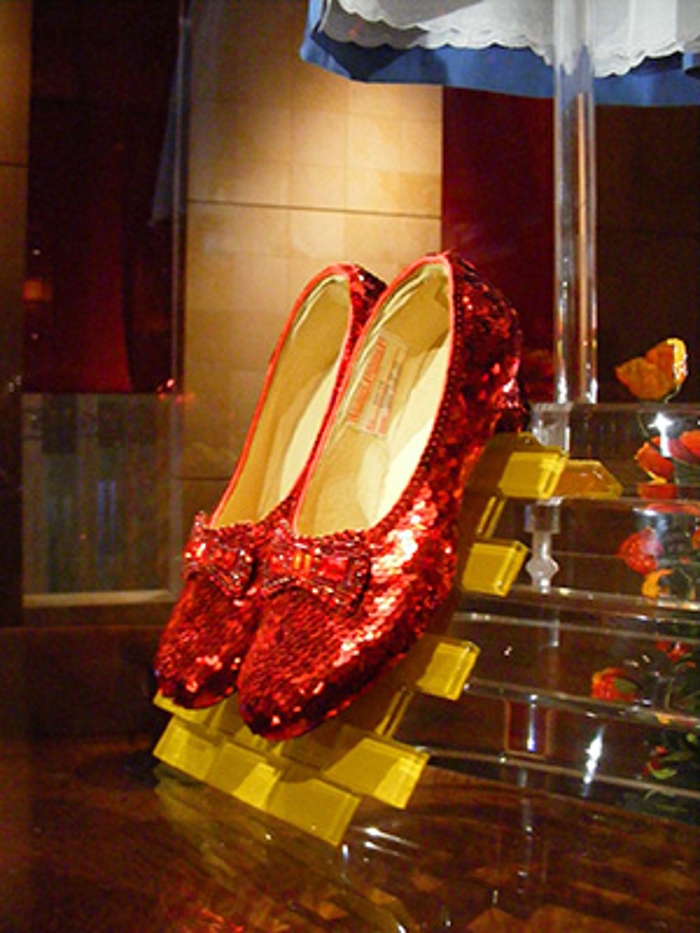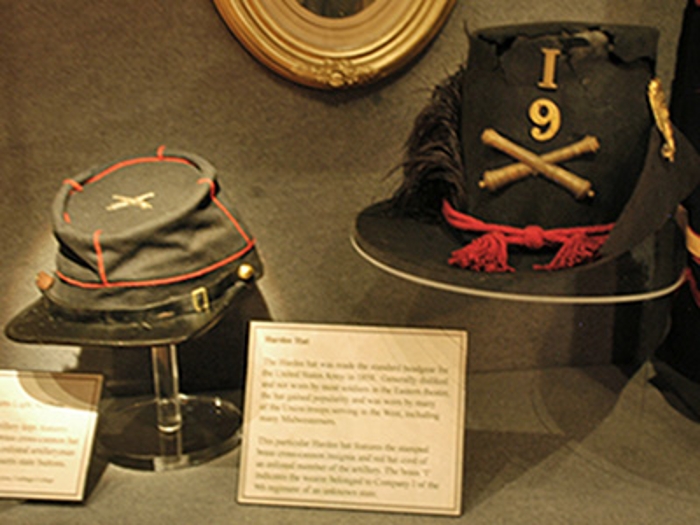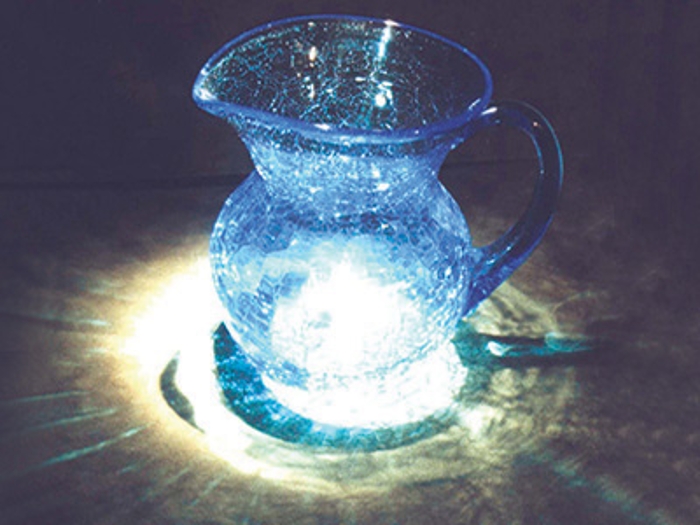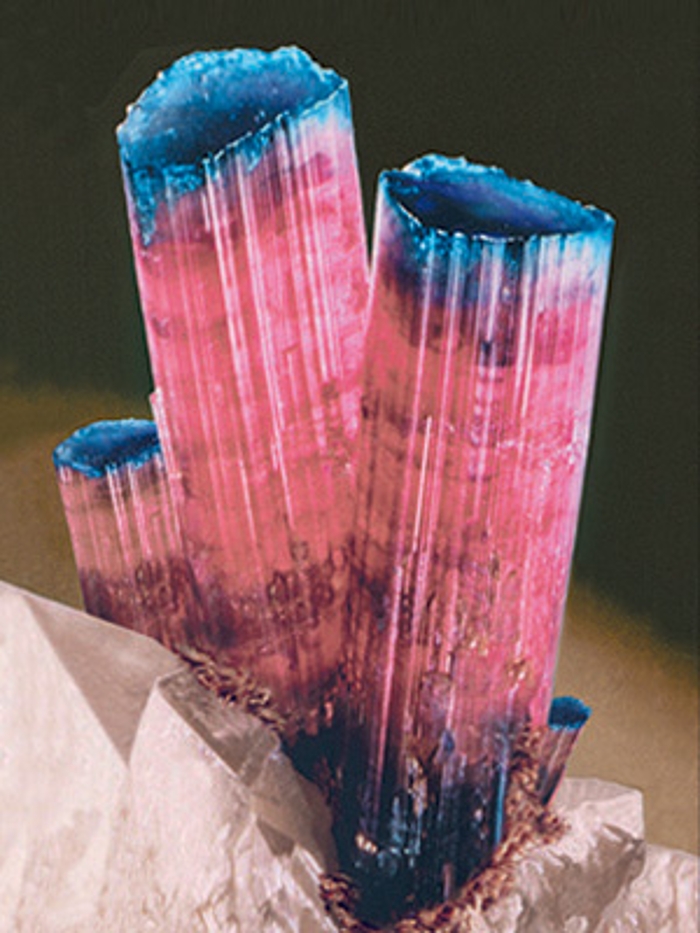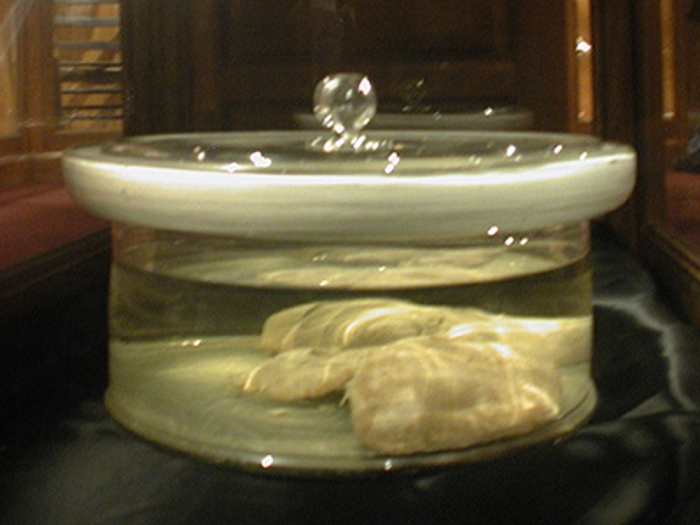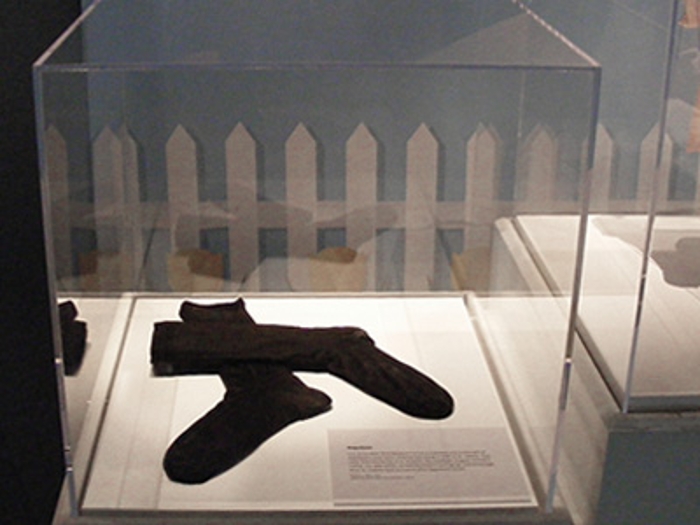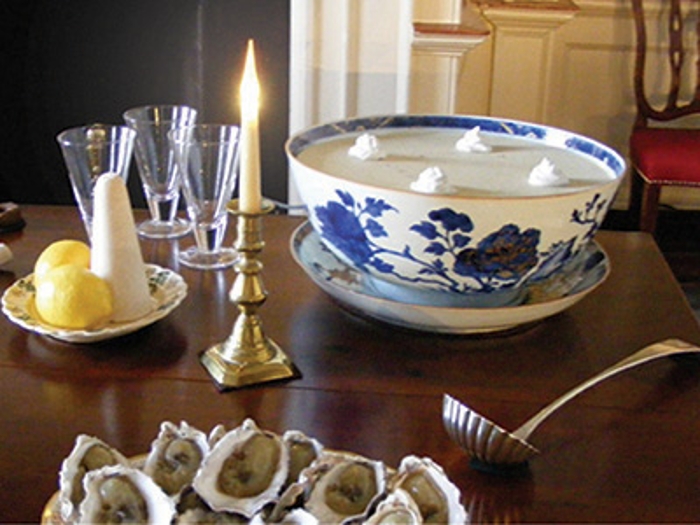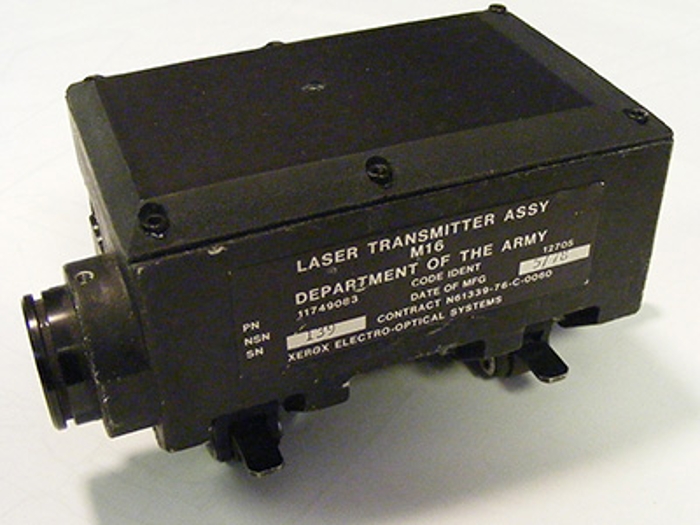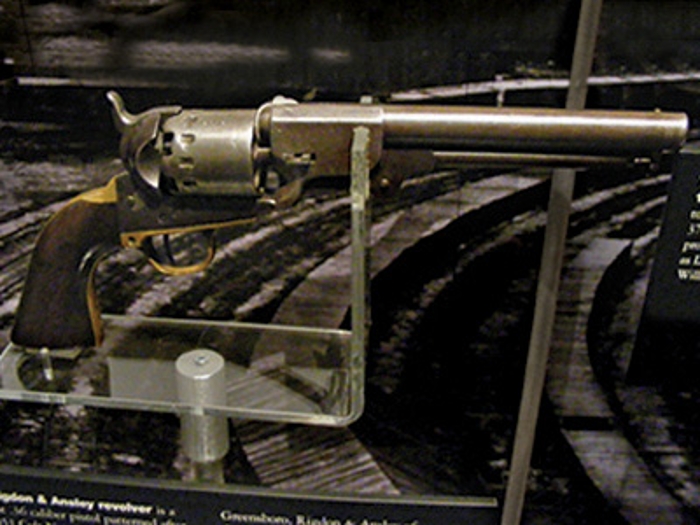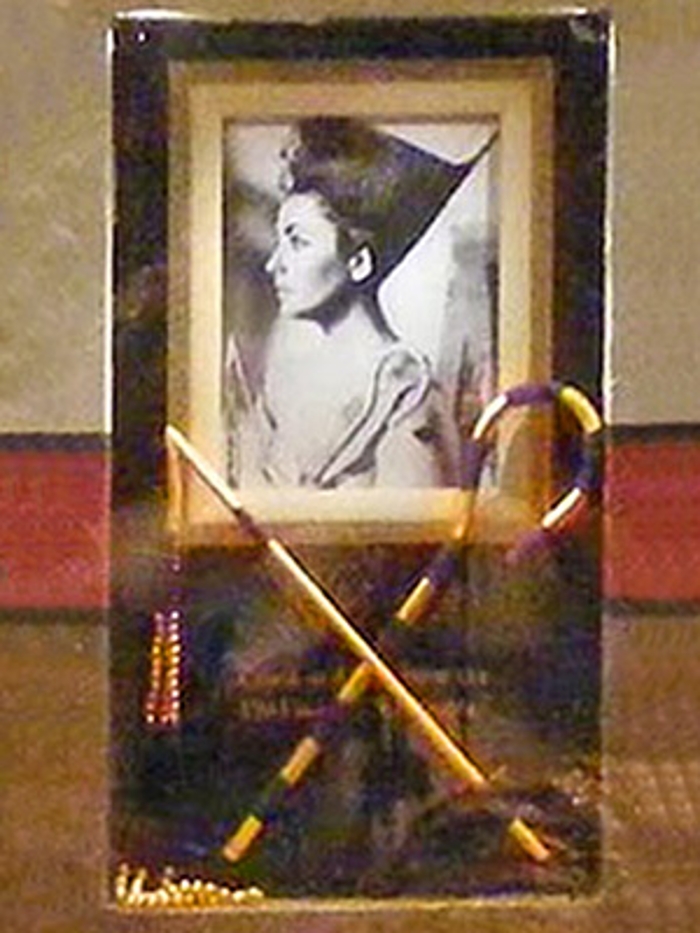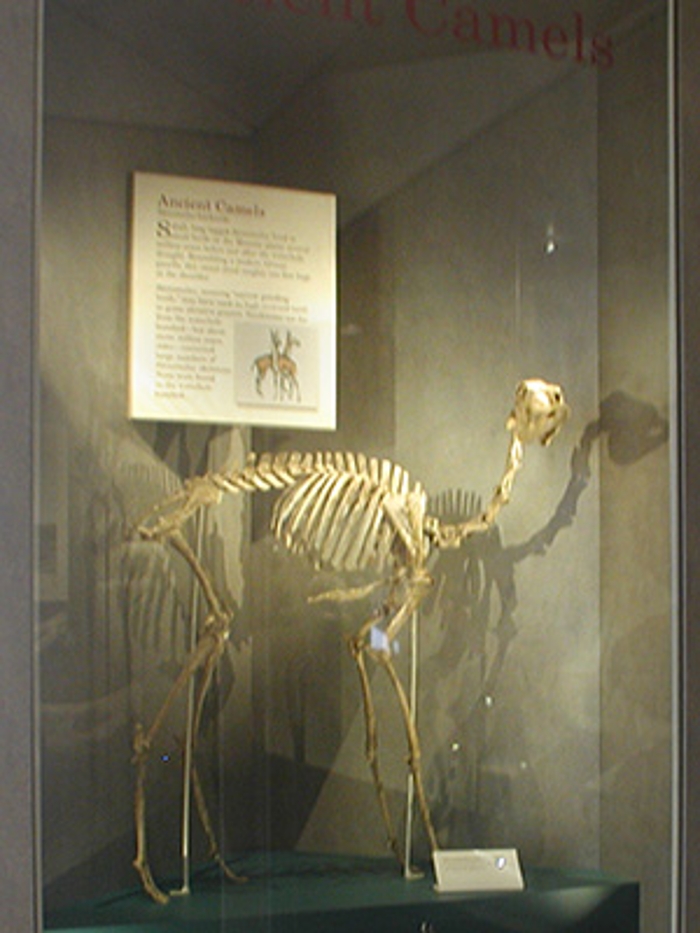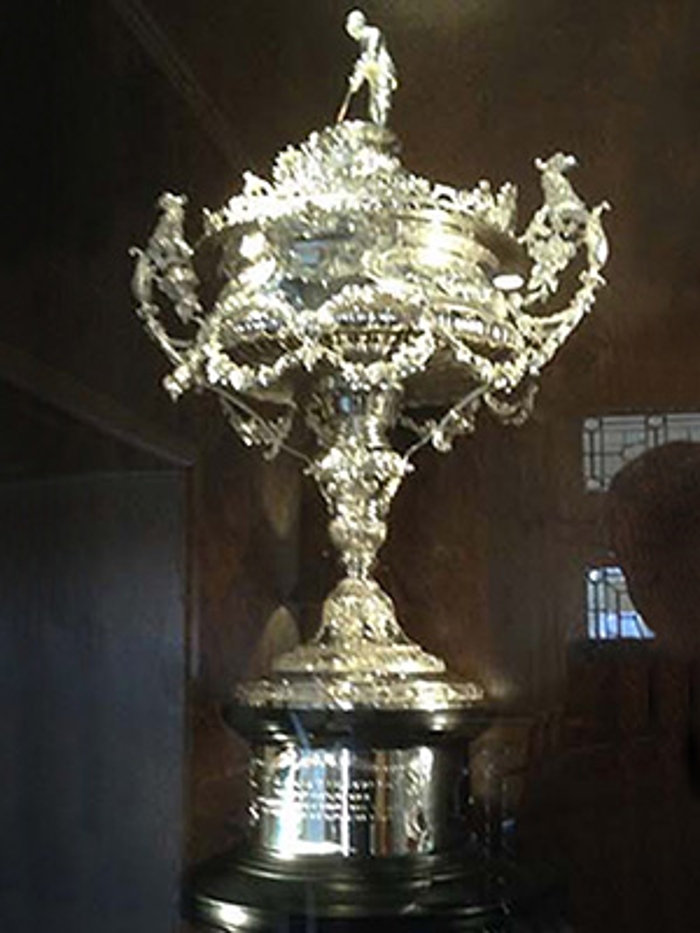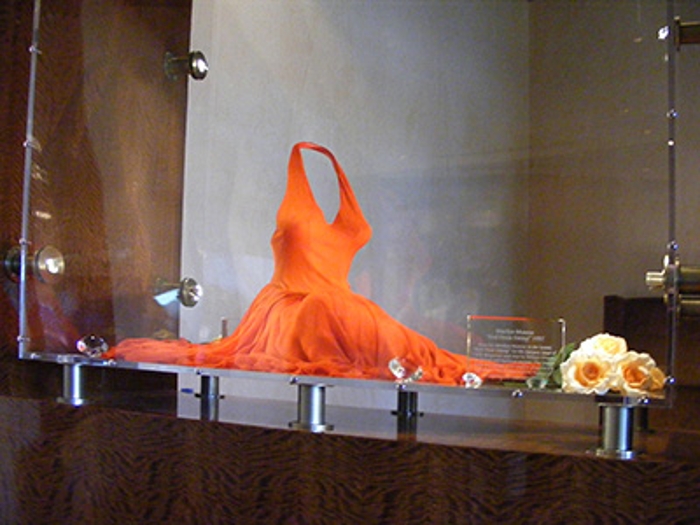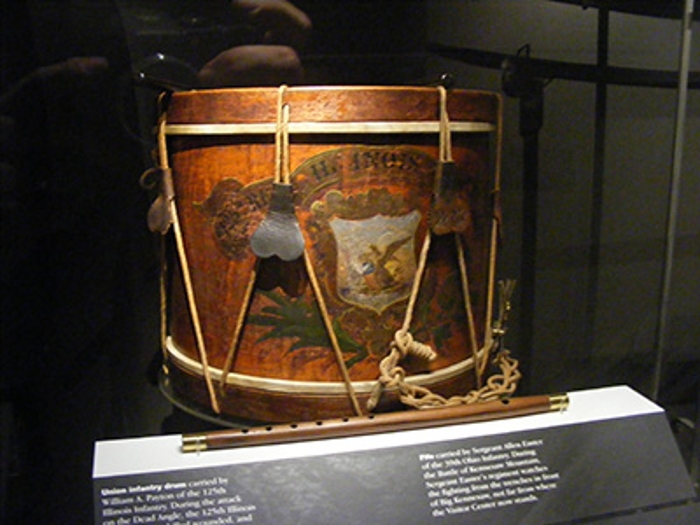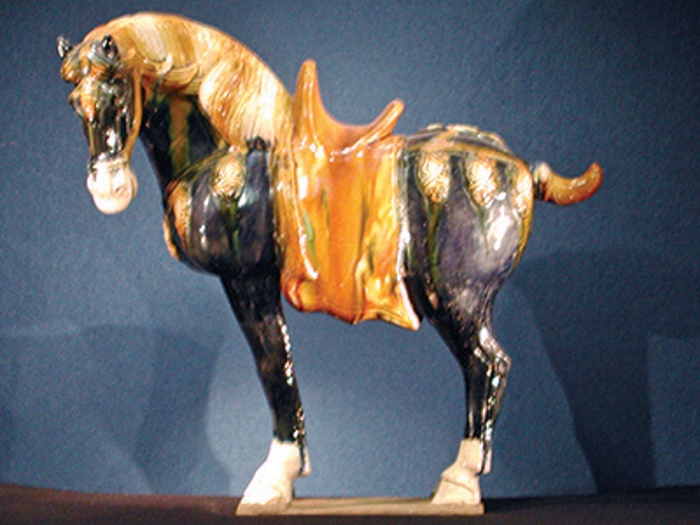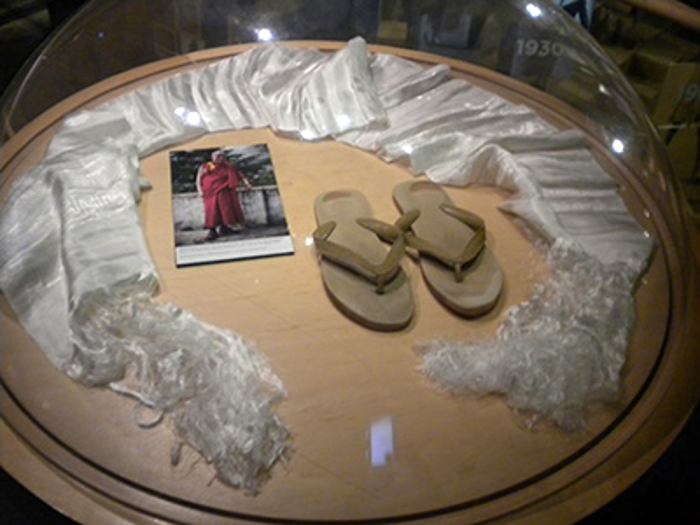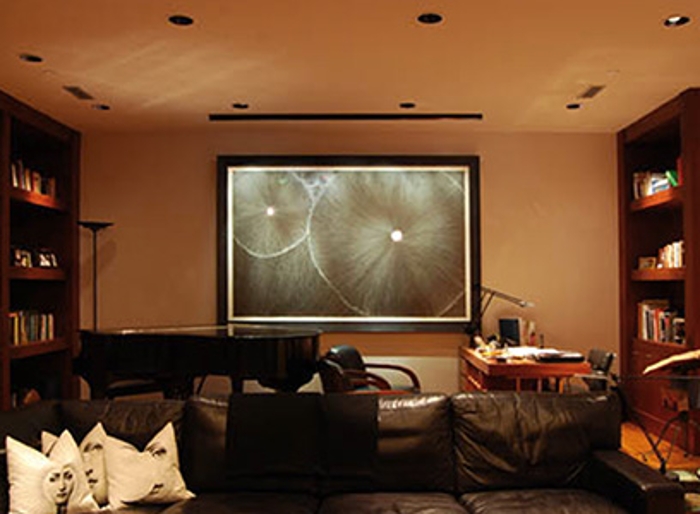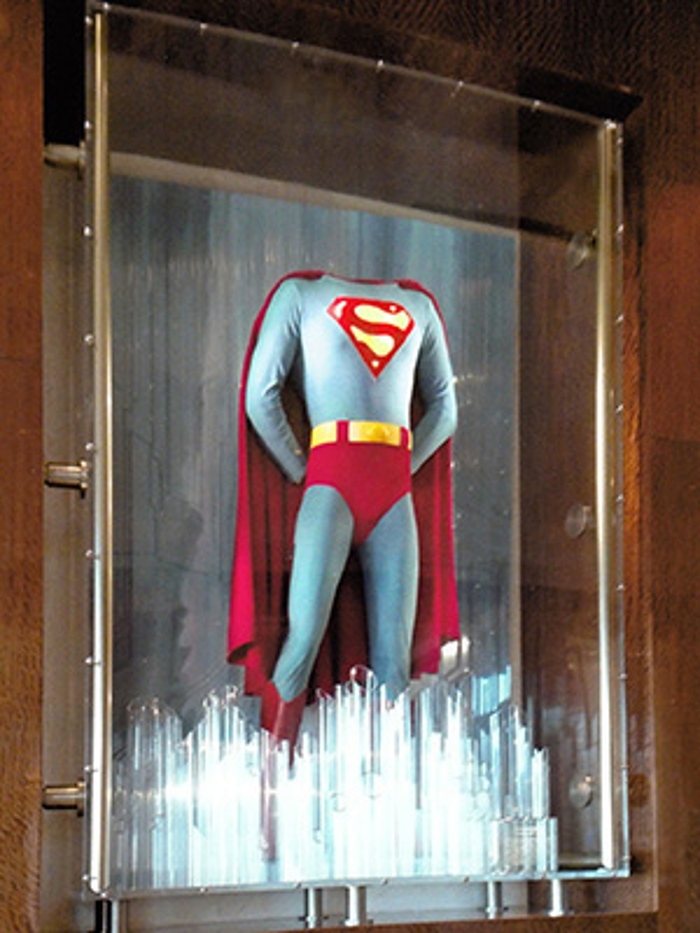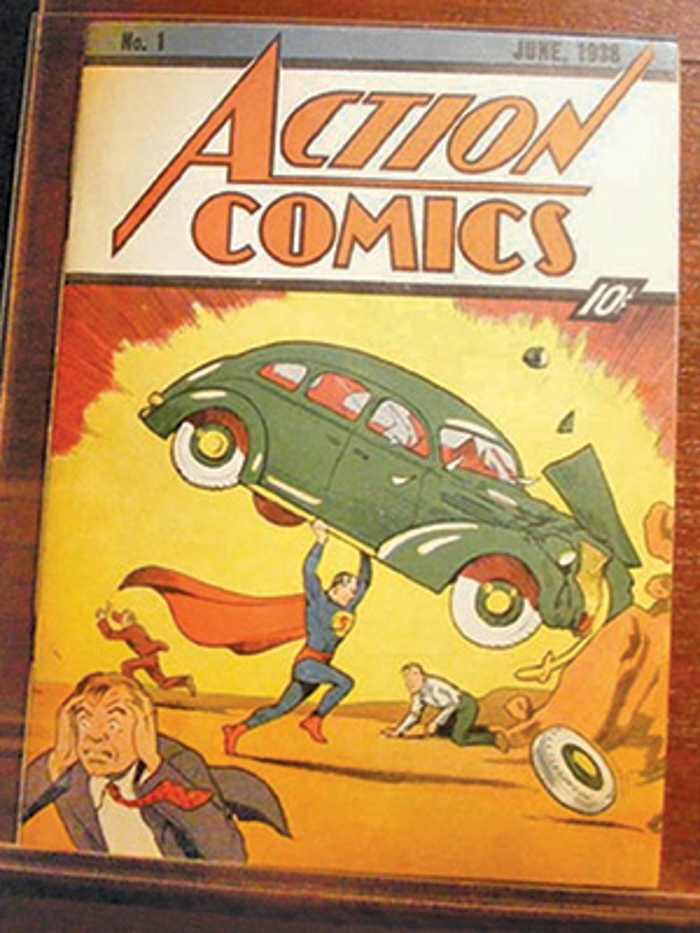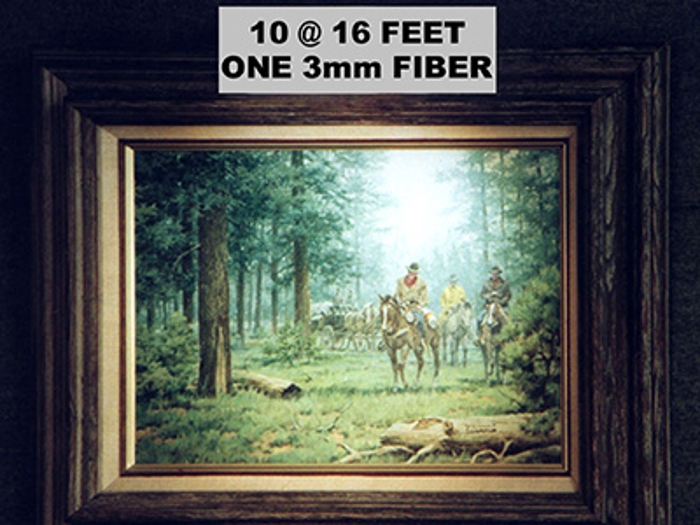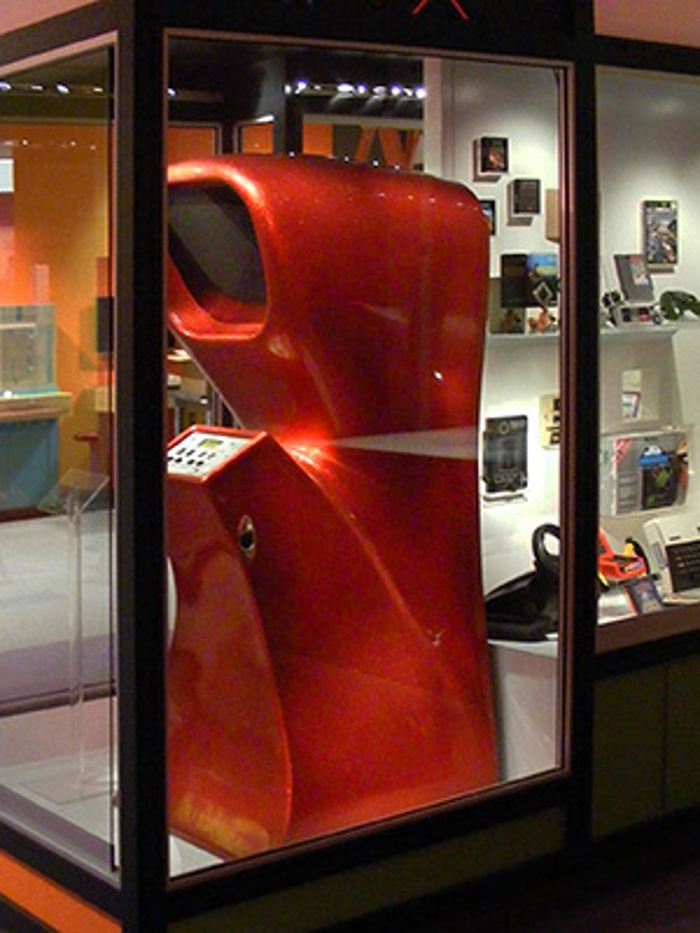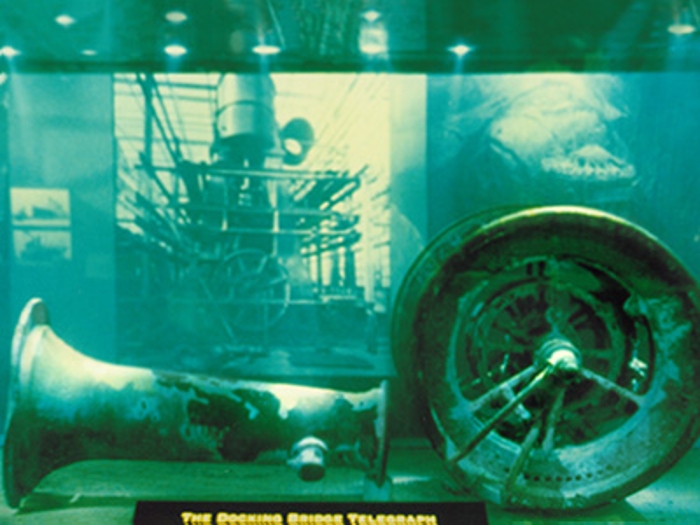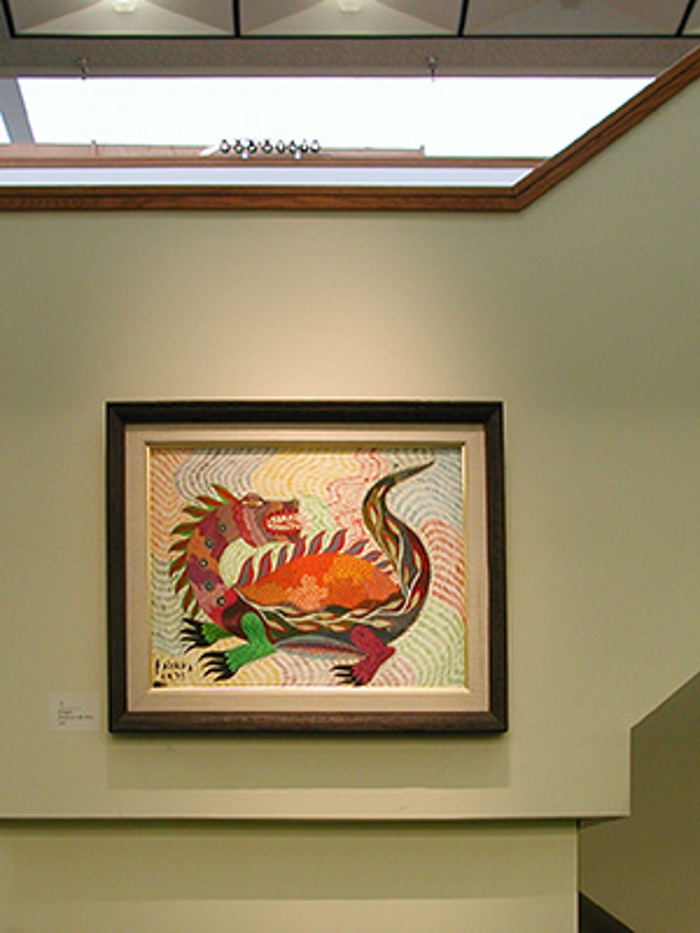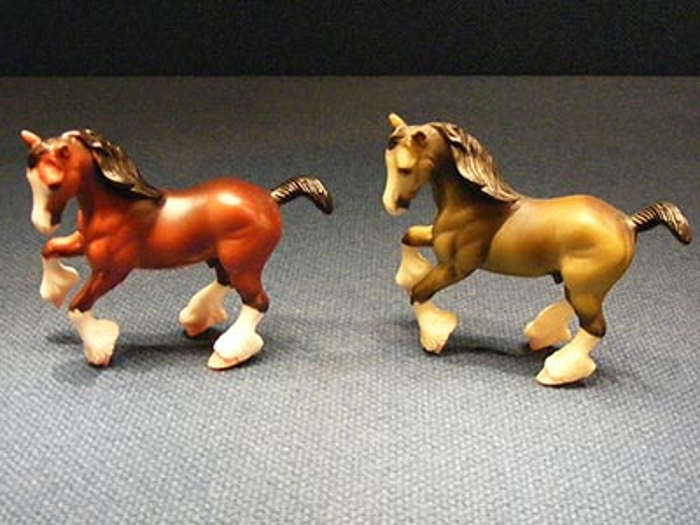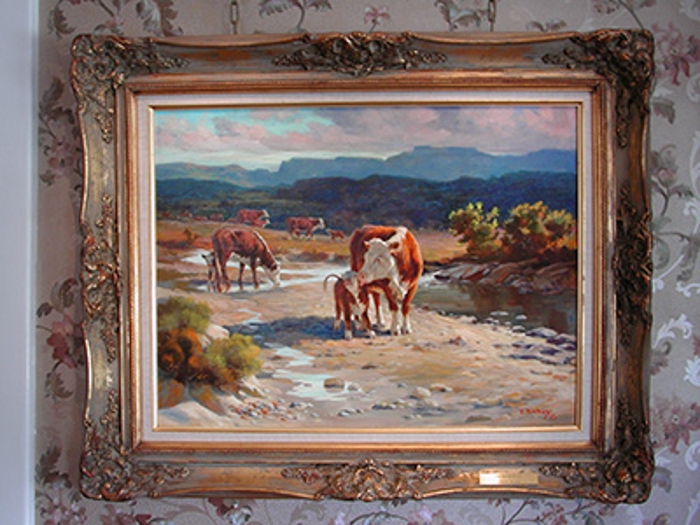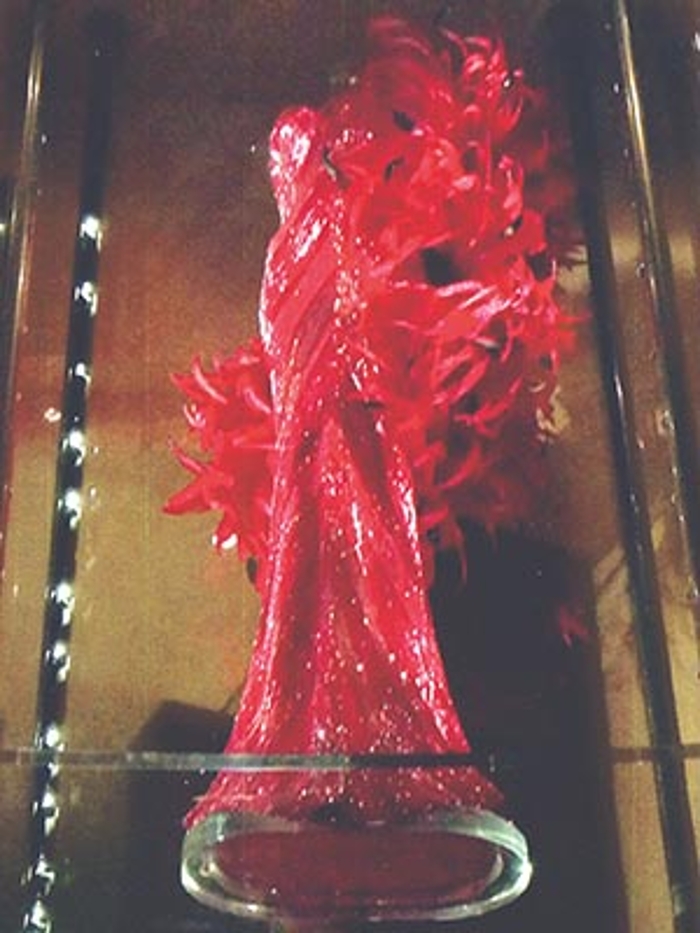" Pure-white, stone-cold fiber optic lighting sytems "
Amazing Artifacts
NoUVIR fiber optic lighting is pure-white, stone-cold light with no UV and no IR. Absolutely none. Nada. Zip. Zero. No other light is like it.
Tests show objects last 4x, 8x to 40x longer.
Therefore, NoUVIR lighting has exhibited everything from rare documents to rare dinosaurs, Faberge eggs to extinct eggs, 4,000-year-old sandals to famous athletes’ sneakers, mummies to wet specimens in formaldehyde, Roman swords to Revolutionary War swords, Pre-Columbian gold to Tiffany jewelry.
If it is rare. If it is valuable. If it is important. It should be protected from light damage and be beautifully displayed. It should use NoUVIR.
Here are some amazing artifacts. Why pick these? Because they show fiber optic lighting techniques. Scroll below.
Want to discuss a specific artifact? Talk about Standard Recommended Lighting Limits (museum conservation levels)? Ask about testing as we have tested dozens of light sources and hundreds upon hundreds of materials? Contact NoUVIR.
Fugitive objects are harmed by photochemical damage. Ultraviolet light tends to break apart molecules inside an object.
If you see collapse, weakening, fraying, embrittlement, internal yellowing, pockets like honeycomb…odds are the problem is UV.
IR damage from heat in the lighting tends to be at the surface. If you see surface yellowing, top fading, a color shift, flat color, blooming, dryness, lack in luster, dirt build-up, a soft slime film, cracks, crazing. a surface thinned by acid, weight gained by absorbed acid or pollution, drying…odds are the problem is heat in the lighting.
On top of this, IR accelerates damage. For every rise in 10°C, chemistry predicts you have cut an artifact’s life in half. Yes, that is in half. This is not a typo.
Many forget, but you need to add photomechanical damage.
If you see crazing, cracks, breaks, spalls (dust rings around something like a mineral), splits (especially circling fissures inside a fossil), encrusting with dirt or grime, thinning, pieces coming off, joints appearing under a finish, loosening, fissures, spiderweb checking, internal pockets…your lighting is causing the object to grow and contract every day.
The heat in the light mechanically stresses the artifact. The heat in the lighting can even be driving pollution patterns in the gallery, driving chemicals and mechanical dirt into objects instead of letting the pollution settle on walls or onto the floor.
Solution? NoUVIR has every photon you need to see. NoUVIR has none of the photons that destroy.
Therefore, NoUVIR lighting has exhibited everything from rare documents to rare dinosaurs, Faberge eggs to extinct eggs, 4,000-year-old sandals to famous athletes’ sneakers, mummies to wet specimens in formaldehyde, Roman swords to Revolutionary War swords, Pre-Columbian gold to Tiffany jewelry.
If it is rare. If it is valuable. If it is important. It should be protected from light damage and be beautifully displayed. It should use NoUVIR.
Here are some amazing artifacts. Why pick these? Because they show fiber optic lighting techniques. Scroll below.
Want to discuss a specific artifact? Talk about Standard Recommended Lighting Limits (museum conservation levels)? Ask about testing as we have tested dozens of light sources and hundreds upon hundreds of materials? Contact NoUVIR.
Light Damage Problem? Here’s How to Check an Artifact
IR damage from heat in the lighting tends to be at the surface. If you see surface yellowing, top fading, a color shift, flat color, blooming, dryness, lack in luster, dirt build-up, a soft slime film, cracks, crazing. a surface thinned by acid, weight gained by absorbed acid or pollution, drying…odds are the problem is heat in the lighting.
On top of this, IR accelerates damage. For every rise in 10°C, chemistry predicts you have cut an artifact’s life in half. Yes, that is in half. This is not a typo.
Many forget, but you need to add photomechanical damage.
If you see crazing, cracks, breaks, spalls (dust rings around something like a mineral), splits (especially circling fissures inside a fossil), encrusting with dirt or grime, thinning, pieces coming off, joints appearing under a finish, loosening, fissures, spiderweb checking, internal pockets…your lighting is causing the object to grow and contract every day.
The heat in the light mechanically stresses the artifact. The heat in the lighting can even be driving pollution patterns in the gallery, driving chemicals and mechanical dirt into objects instead of letting the pollution settle on walls or onto the floor.
Solution? NoUVIR has every photon you need to see. NoUVIR has none of the photons that destroy.
